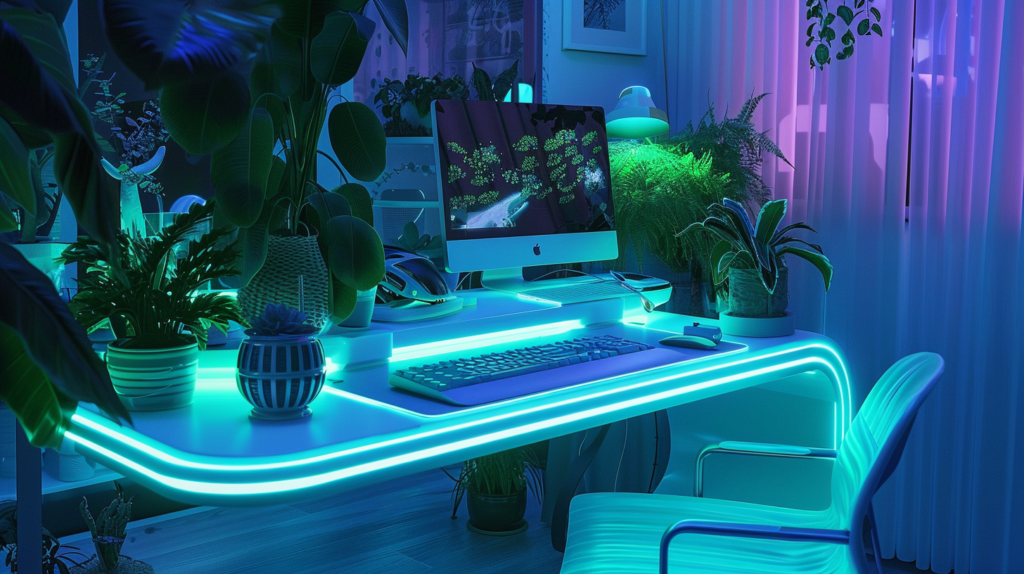
Haptic Feedback in UI. No, it’s not the title of a 1980s synth-pop album, but it may very well be the future of our tactile interaction with technology. Buckle up, tactile enthusiasts, because we’re about to embark on a sensory journey exploring this fascinating new frontier in the world of User Interface (UI).
At this point, you might be thinking, “What on earth is haptic feedback?” Well, glad you asked. It’s all about creating a sense of touch in digital interfaces. You know, that little buzz you feel when you press a button on your smartphone? That’s haptic feedback. Adorable, isn’t it?
And here’s the kicker. This seemingly small detail is causing a sensory revolution in UI. Haptic Feedback in UI is changing the game, enhancing the user experience and, dare I say it, making our interactions with technology a tad more human. Imagine that, technology trying to mimic the real-world feel of things. Mimicry, after all, is the sincerest form of flattery.
The tech world is throwing a lot of weight behind haptic feedback, and for good reason. It enhances user experience by providing instant tactile responses, which helps us, the users, know that our actions have actually done something. Because in the age of touchscreens, sometimes we just miss the good old feeling of pressing real buttons, don’t we?
But wait, there’s more. The wonder of Haptic Feedback in UI isn’t just restricted to mimicking physical button presses. Oh no, it goes deeper and it’s getting more sophisticated. Now, designers are integrating haptic feedback to simulate textures, temperatures and even the weight of virtual objects. Yes, you read correctly, virtual weight. It’s like the Matrix, but without the dodgy trench coats and questionable sunglasses.
However, like any revolution, it’s not all sunshine and roses. There are challenges. For one, creating realistic haptic feedback requires a symphony of complex technical processes. Think about it: The device needs to generate the right amount of vibration at the right time to simulate different tactile sensations. It is, in short, a technological ballet of epic proportions.
Furthermore, if not used judiciously, haptic feedback can be annoying. It’s like that friend who can’t stop tapping your shoulder to get your attention. Yes, we get it, you’re there, now stop vibrating! The point is, it has to be applied meaningfully to enhance, not annoy. That, my friends, is the subtle art of Haptic Feedback in UI.
So, where are we heading with all this haptic hoopla? Theoretically, the possibilities are endless. Imagine feeling the texture of a shirt while you’re shopping online. Or feeling the heat from a virtual fireplace. Or even the weight of a digital book. It sounds like something out of a sci-fi novel, but it’s not. It’s happening, and haptic feedback is leading the charge.
Haptic Feedback in UI is more than just a trend, it’s a sensory revolution. It’s bringing us closer to a more immersive, more tactile, and dare we say, more human interaction with technology. The future looks touchy-feely, and frankly, we can’t wait. So, the next time your phone buzzes, take a moment to appreciate the little vibrations. They’re not just annoying, they’re the future.


